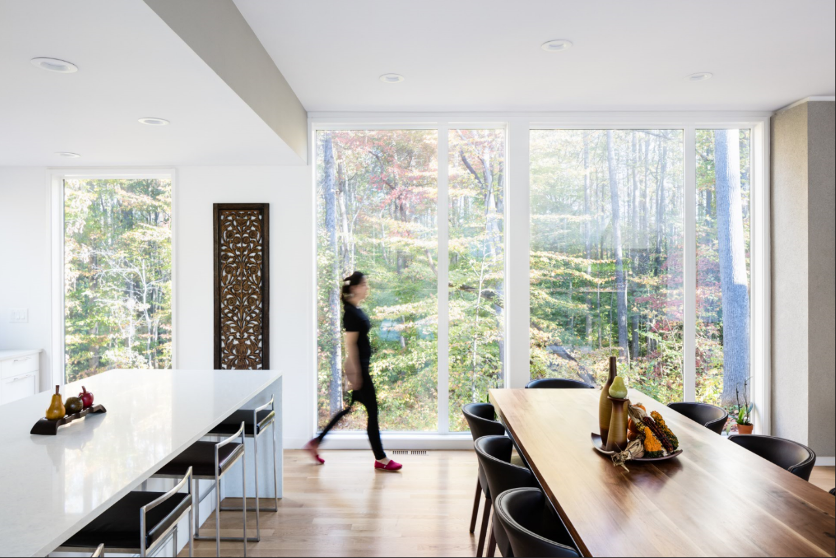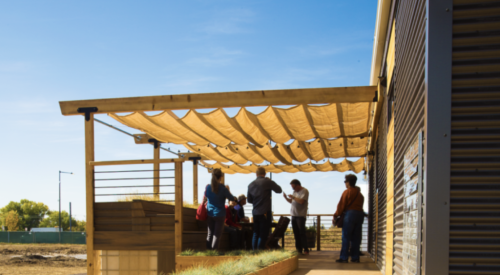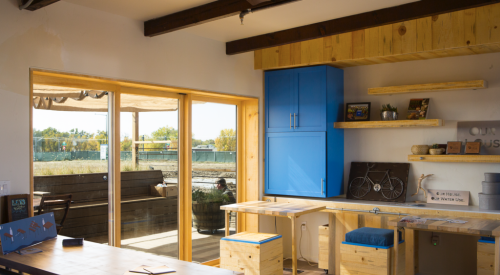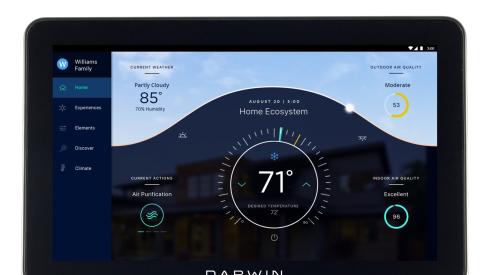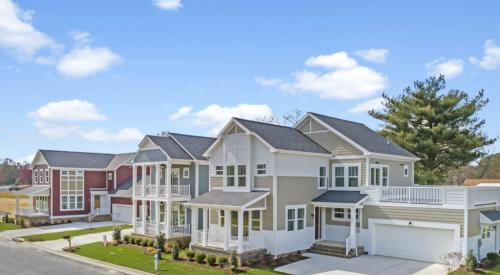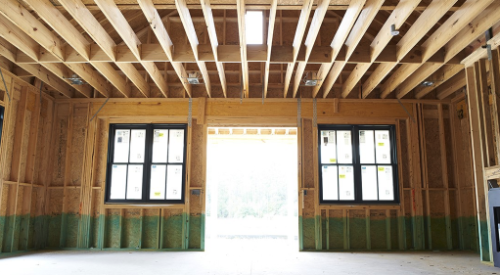Home buyers are drawn to a healthy indoor environment, but they don’t know how exactly to achieve that result. They’re turning to builders and designers to create an energy-efficient, healthy home for them, which is why builders are starting to include health topics in their consumer messaging.
On top of marketing health and wellness with their homes, builders will have to back up their messaging with truly healthy homes that combine air filtration systems with ample fresh air and natural light.
Making Energy Efficient Homes Happen
One company ahead of the healthy home trend is Thrive Home Builders in Denver, a builder participating in the EPA's Indoor airPLUS program. "A lot of our clients care more about health [than energy efficiency]," says Susan Elovitz, the company's director of marketing. "We see that as the next frontier." Phoenix-area Fulton Homes also builds to Indoor airPLUS standards and uses low-VOC adhesives, carpet and carpet pad, as well as electronic air cleaners and radon detectors. Workers also seal duct openings during construction to keep out drywall dust.
Fulton vice president of operations Dennis Webb says that because the company was already meeting ENERGY STAR® standards, Indoor airPLUS only added a few hundred dollars to construction costs.
But the marketing value has far exceeded that.
"We simply ask people if they would rather live in a home with healthy air or stale air," he says. "About 12% of children in Arizona have asthma. If your child has asthma, health becomes way more important than granite countertops."
A Healthy Building Envelope

A building envelope that supports clean indoor air requires good air sealing, and part of that is choosing the right windows and doors. "It's critical to choose models with good seals," says Dan Jacobs, director of product line management at JELD-WEN. He says the best choices are awning or casement windows, as well as outswinging doors.
Outswing doors are most common for residential construction on the Florida coast, where they meet the state's strict wind code. But more inland builders are starting to use them. "They're about 20 percent of our residential door sales nationwide and growing," says Jacobs. For builders who continue to use standard inswing doors, he recommends investing in upgraded weather seals.
Let There Be Natural Light

Health-conscious builders typically focus on air quality, but natural lighting also contributes to well-being. Lighting strategy is part of the architectural design, and the builder can enhance it by specifying the right glass.
"You need to weigh light transmittance [of the glass] against solar heat gain," says Jason Kantola, JELD-WEN's coordinating certification manager. The best way to do that is to use different glass types on different facades.
Glass with a dark Low-E coating on a south-facing wall will mitigate solar heat gain, while a lighter coating will enhance it on the north side. The right coatings for each orientation also help minimize hot and cold spots. A good piece of energy modeling software can guide builders and architects to window choices that provide these benefits while still meeting code requirements.
From an energy-efficient building envelope and mechanical ventilation, it's a small step to optimize air quality and natural lighting, but it's a step that offers real benefits to builders and home buyers.
For design and planning resources for windows and doors that contribute to healthy home building, visit JELD-WEN’s professional portal.


